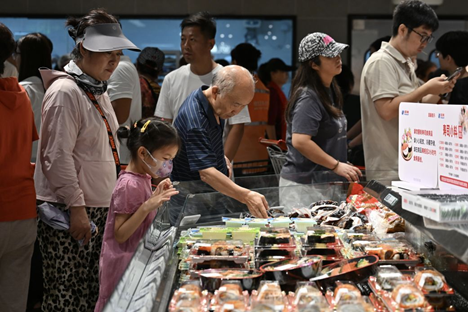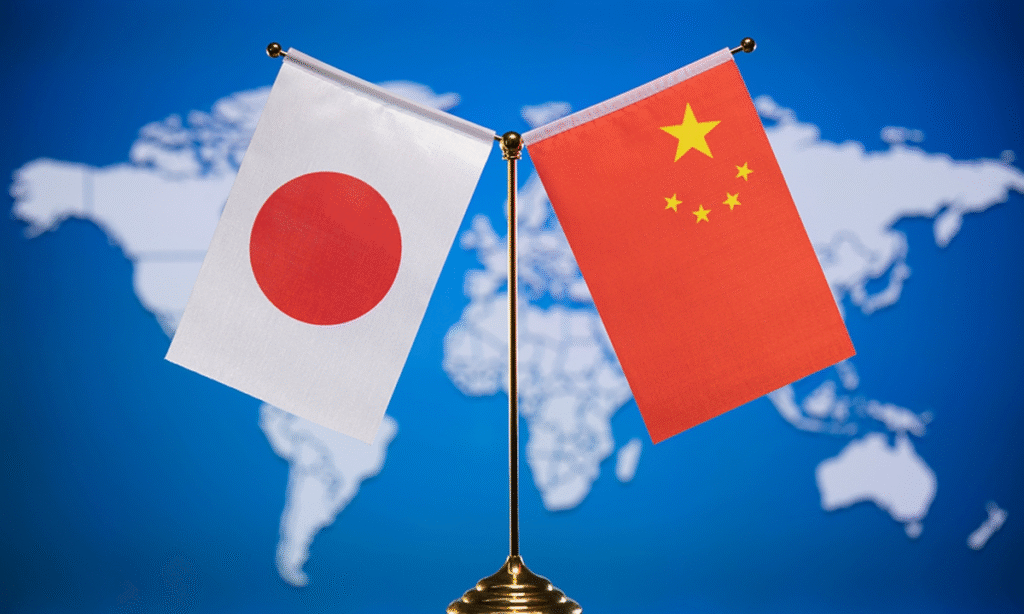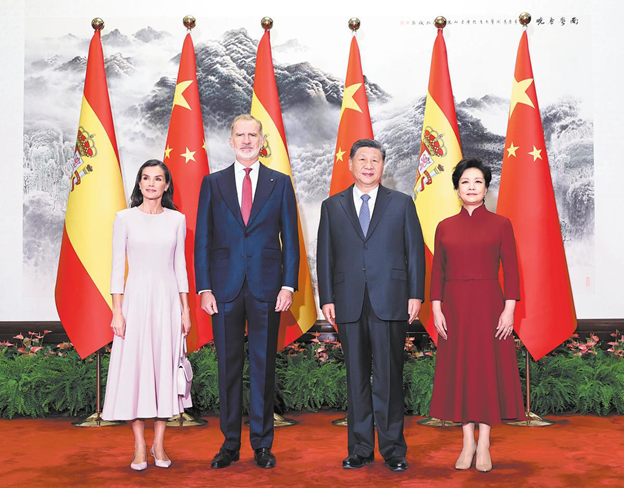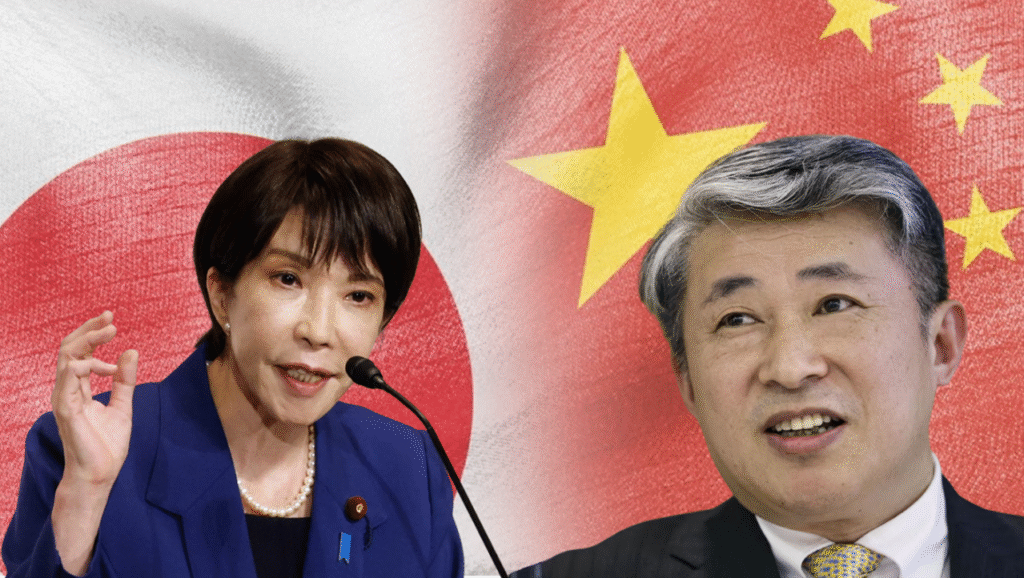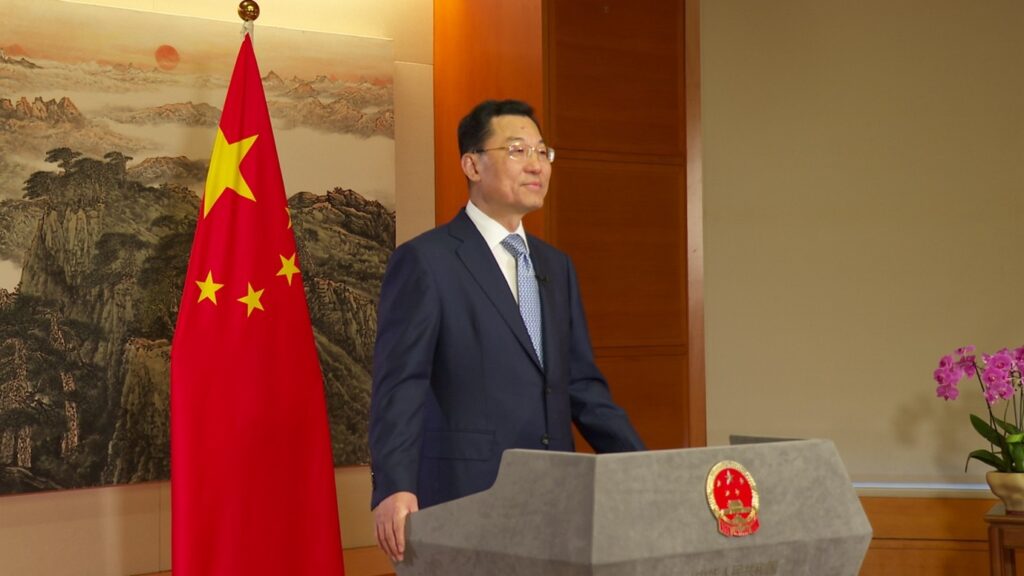Li Urges China and Germany to Deepen Dialogue and Resolve Bilateral Issues
Chinese Premier Li Qiang has called on China and Germany to deepen their dialogue and resolve bilateral concerns, underlining Beijing’s commitment to strengthening the political and economic foundations of the relationship. Speaking at a meeting with German Chancellor Friedrich Merz on the sidelines of the G20 Summit in Johannesburg, Li emphasized the need for “joint efforts to strengthen dialogue and communication, and properly handle their respective concerns.”
Li recalled that since diplomatic ties were established 53 years ago, China and Germany have developed into important economic and trade partners, and that sustained cooperation has advanced the development of both nations. He stressed that mutual respect and win-win cooperation must remain the guiding principles of their bilateral relations. A foundation upon which a stable, sustainable, and high-quality all-around strategic partnership can be built, in his view.
In his remarks, Li expressed Beijing’s willingness to strengthen strategic communication with Berlin, underscoring the importance of respecting each other’s “core interests and major concerns.” He called on Germany to pursue a more rational and pragmatic China policy, urging Berlin to move beyond political interference and pressure and instead focus on areas of shared benefit.
Looking ahead, Li argued that the two sides should expand pragmatic cooperation across a broad spectrum of sectors. He identified key emerging fields, such as new energy, biomedicine, and hydrogen energy technology.
Li also pointed to the broader context of European integration, noting that this year marks the 50th anniversary of diplomatic relations between China and the European Union. He urged Germany to help shape an EU-China relationship based on a long-term perspective and a more open-minded framework, and suggested Berlin has a role to play in encouraging the EU to regard China not as a challenge, but as a partner.
On the multilateral front, Li said China stands ready to work closely with Germany through global institutions like the United Nations and the G20. He argued that closer cooperation in these forums can advance global governance, uphold multilateralism, defend free trade, and make both countries a “constructive and certain force for promoting peace and development.”
Chancellor Merz responded to Li’s tone, highlighting the long and productive history of economic ties between Germany and China. He welcomed the deeper engagement proposed by Li, noting Berlin’s eagerness to cooperate in forward-looking areas such as science and technology. Merz reaffirmed Germany’s commitment to open markets, to strengthening political, economic, and trade relations with China, and to playing a constructive role in shaping EU-China dialogue.
Li’s appeal to Germany comes at a sensitive moment: the two countries face a complex mix of strategic tension and economic interdependence. Berlin has raised concerns about China’s industrial policies, and German firms have recently fret over restrictions on key Chinese exports. At the same time, both sides recognize the mutual benefits they derive from their close economic ties.
By emphasizing pragmatism, innovation, and multilateral engagement, Li is signaling that China hopes to manage its relationship with Germany not just through trade, but through a long-term, strategic partnership – one that weathers political headwinds and builds cooperation in cutting-edge fields.
Author: Nia Kokhreidze
Li Urges China and Germany to Deepen Dialogue and Resolve Bilateral Issues Read More »



